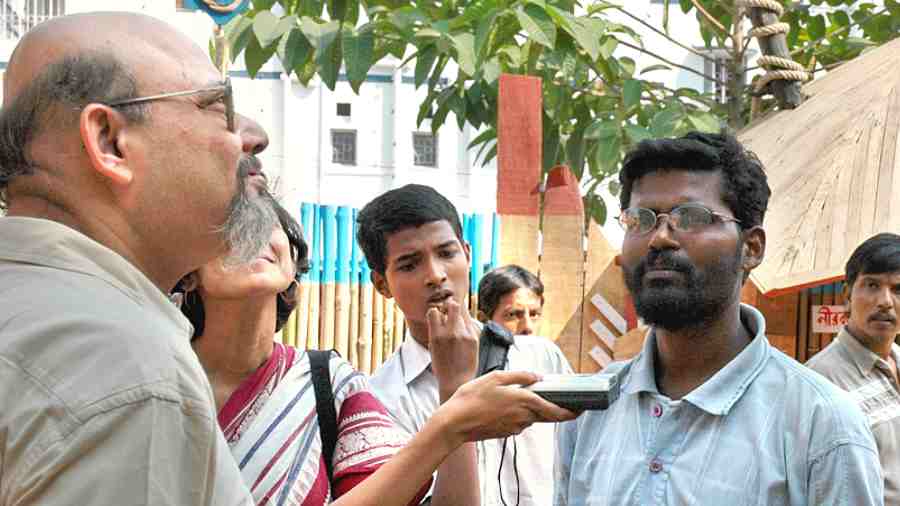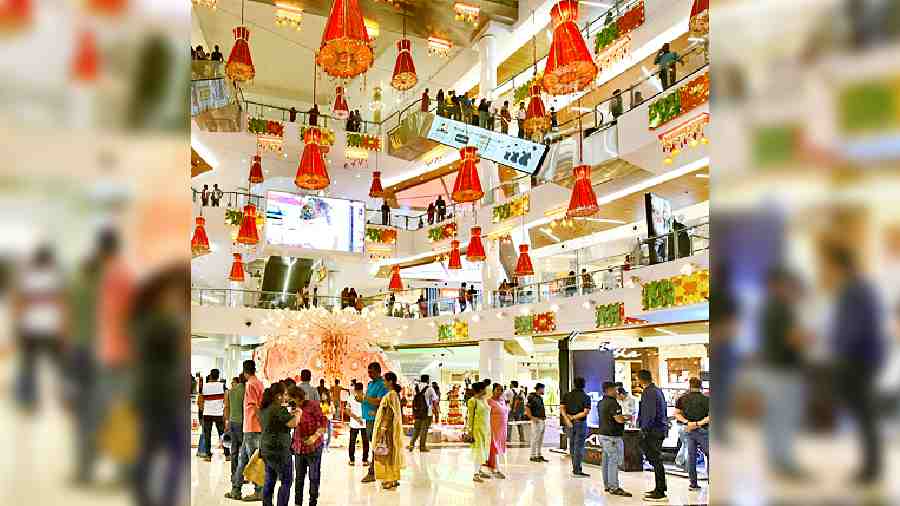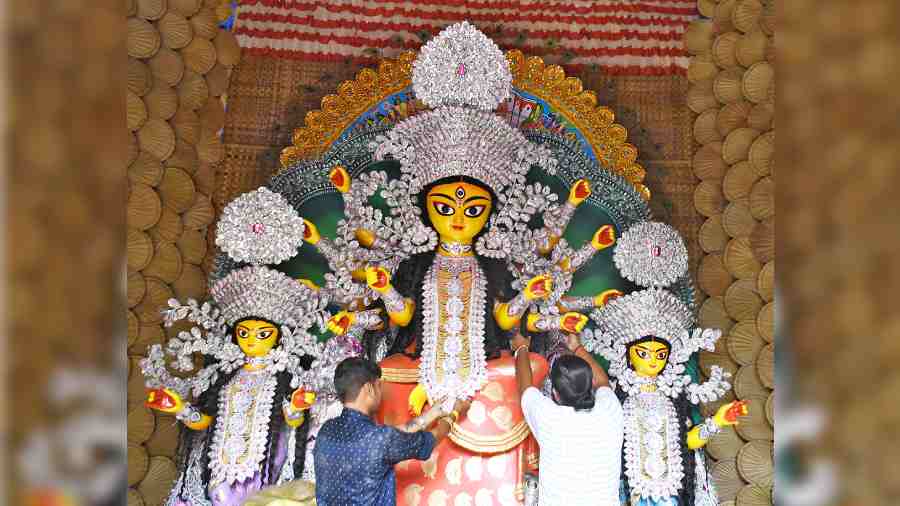Art historian Tapati Guha Thakurta, who created the dossier that led to the inclusion of Kolkata’s Durga Puja on the Unesco’s list of intangible cultural heritage, is planning to set up a public digital archive on the Puja.
During her decade-long research on Durga Puja, Guha Thakurta has collected a lot of materials on the festival which she would like to bring to the public domain for researchers, tourists and others.
The history professor from the Centre for Study in Social Sciences (CSSS) was approached by the Union culture ministry about four years ago to put together a dossier for the application to the Unesco for the inclusion of Durga Puja of Kolkata on the list.
Guha Thakurta and her team worked on a tight budget to produce materials that would support the application. The materials included a video and letters from a large number of organisers and other stakeholders supporting the application.
Speaking to The Telegraph, Guha Thakurta said: “I would like to create a public digital archive that would give an immersive experience of the Puja, give details about every aspect of it that would be of interest to tourists, particularly foreign tourists, and those who know next to nothing about Durga Puja.”
She is seeking funds to create the website and will write to the state government about it.
“I will need a good web designer to design the site so that it gives that immersive experience to the visitor. There are many art history students at Jadunath Bhaban Resource Centre (of CSSS) who could avail themselves of the materials, besides other scholars and researchers,” said the professor who has photographs of family as well as community pujas, theme-based as well as traditional pujas.
Her interviews with artisans from Kumartuli, Government Art College designers, pandal makers, club officials, Calcutta police officers, advertisers, corporates, tour operators and other stakeholders give a broad sweep of the entire autumnal enterprise.
Artist Bhabatosh Sutar welcomes the idea. “It is time that our work is researched by academics. A lot of thought, ideation and creation go behind each of these pujas every year. And at the end, most of it is lost,” he said.
Some of the pujas like Arjunpur Amra Sabai Club has been publishing books on their themes. The club in Baguiati had brought a Delhi-based artist, Asim Waqif, an architect by profession, to design their puja in 2019. He had an origami artist from Hanoi in Vietnam to do the idol that year.
Waqif published a book that demonstrated how the pandal and the idols were created.
Nalin Sarkar Street Sarbajonin also publishes leaflets explaining their theme. Most other pujas have voice-overs and panels explaining their themes. “All this needs to be preserved and documented,” said Guha Thakurta.


